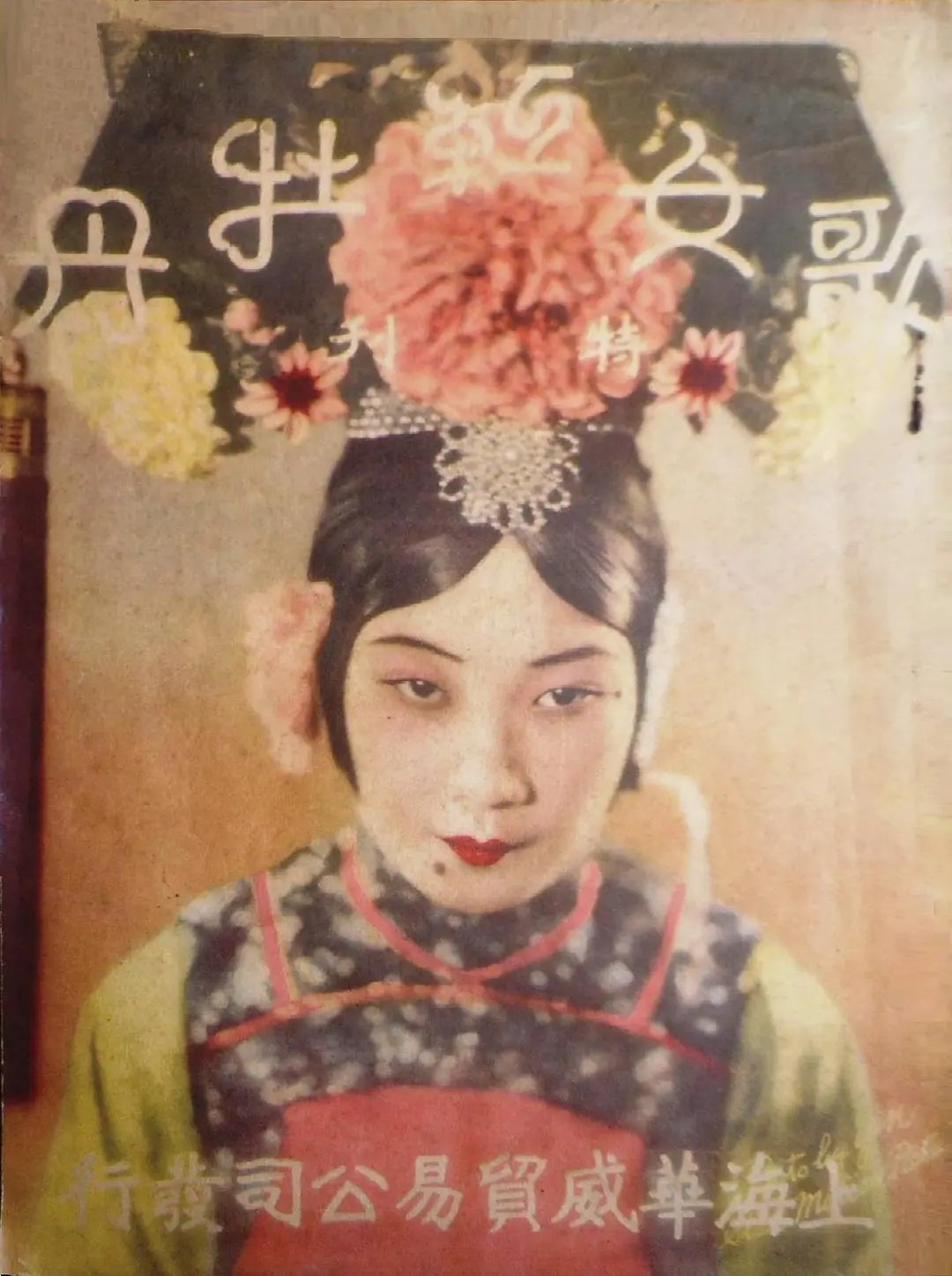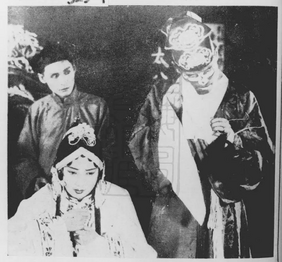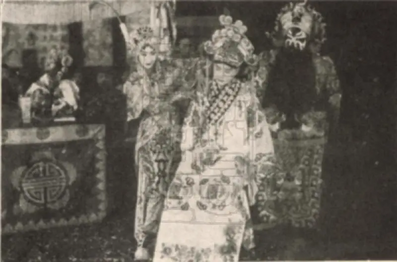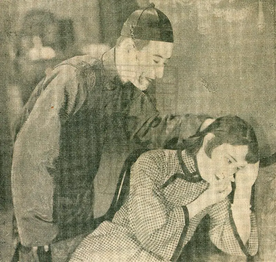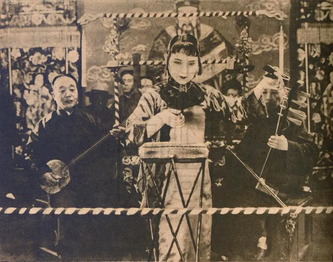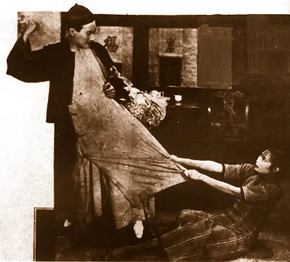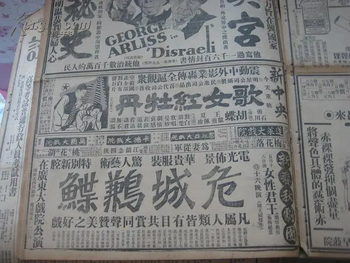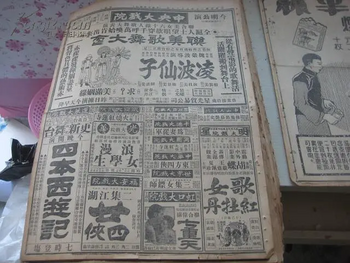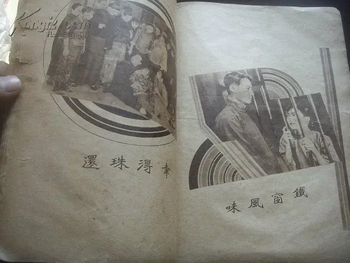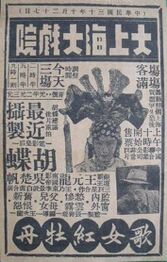Sing-song Girl Red Peony (lost first Chinese sound film; 1931): Difference between revisions
mNo edit summary |
m (Jackstone moved page Sing-song Girl Red Peony (lost Chinese film; 1931) to Sing-song Girl Red Peony (lost first Chinese sound film; 1931)) |
||
| (One intermediate revision by one other user not shown) | |||
| Line 26: | Line 26: | ||
===Posts=== | ===Posts=== | ||
<gallery mode=packed heights=175px> | <gallery mode=packed heights=175px> | ||
File:The local supplement of the Shanghai News on May 16, 1931.webp|The local supplement of the | File:The local supplement of the Shanghai News on May 16, 1931.webp|The local supplement of the Shun Pao newspaper(申报) on May 16, 1931 | ||
File:The local supplement of the Shanghai News on May 19, 1931..webp|The local supplement of the | File:The local supplement of the Shanghai News on May 19, 1931..webp|The local supplement of the Shun Pao newspaper on May 19, 1931 | ||
File:Special edition for "Sing-song Girl Red Peony".webp|Special edition for "Sing-song Girl Red Peony" | File:Special edition for "Sing-song Girl Red Peony".webp|Special edition for "Sing-song Girl Red Peony" | ||
File:Sing-song Girl Red Peony Poster.jpg|Film poster dated October 27, 1931. | File:Sing-song Girl Red Peony Poster.jpg|Film poster dated October 27, 1931. | ||
Latest revision as of 08:07, 12 March 2024
Sing-song Girl Red Peony(歌女红牡丹,pinyin: Ge1 Nü3 Hong2 Mu3 Dan1) is recognized as China's first sound film and the first to employ wax disc technology for audio. It was directed by Zhang Shichuan(张石川) and Cheng Bugao(程步高), with scriptwriting by Hong Shen(洪深) and cinematography by Dong Keyi(董克毅). The production was a collaboration between Star Company(明星公司) and Pathé Company, with Mingzhong Company(明众公司) handling the distribution. The plot centers on the famous Peking opera star Red Peony, who ends up with a profligate husband addicted to gambling, drinking, and squandering wealth. [1]
The film debuted on March 15, 1931, at Shanghai's Xinguang Grand Theater(上海新光大戏院), sparking widespread excitement across the country.[1]
Availability
Based on multiple user comments on Douban, a Chinese internet platform, the film is classified as "lost." No online platform offers the film for viewing, and there have been no reports of any public screenings.[2] The only remnants of the film are its script and dialogues, which are included in Volume 3 of the "Collected Works of Hong Shen"(洪深文集).[3]
Due to the significant impact of the film's release, many stills from the film were published in newspapers.
Gallery
Stills
Posts
External Links
References
- ↑ 1.0 1.1 Introduction webpage for this film
- ↑ Conversations about this film on Douban.
- ↑ Hong Shen (Editor). (1959). "Collected Works of Hong Shen" (Volume 3, pages 81-112). China Theatre Press.
